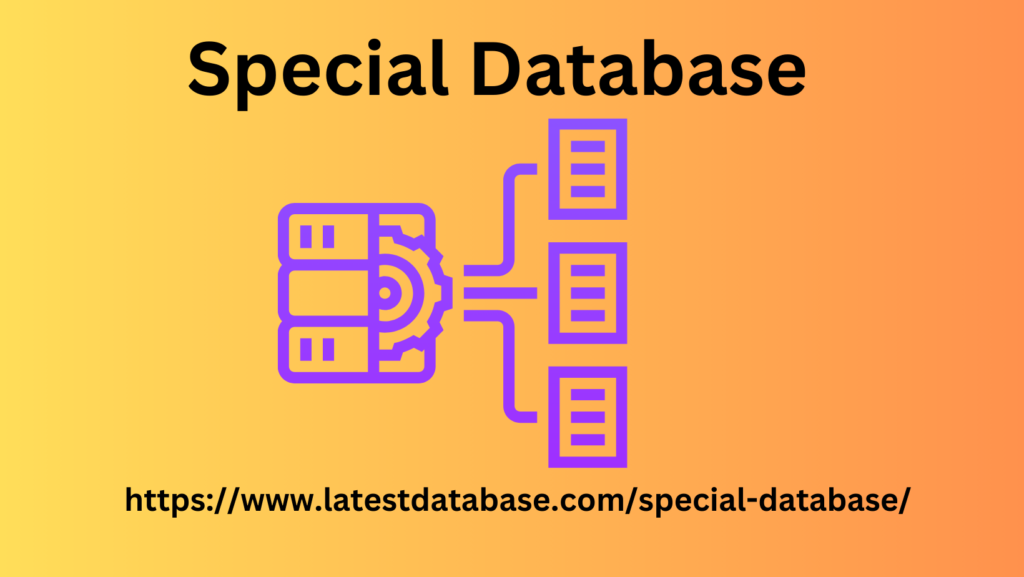- 註冊時間
- 2024-2-22
- 最後登錄
- 2024-2-22
- 閱讀權限
- 10
- 積分
- 5
- 精華
- 0
- 帖子
- 1

該用戶從未簽到
|
In the Google Analytics panel that I have shared with you, you can apply dynamic segments. Segments allow us to include a greater degree of context to our reports and be able to compare behaviors on an individual basis. If we have identified those desirable user behaviors within an e-commerce, we can segment them and analyze them in detail. Let's imagine that we have an integrated chat and that we have identified that those users who chat have a greater propensity to purchase than those who do not. Voila! We already have the first step.
Now we can create a segment that defines Special Database these users (I don't show you how to do it since it will depend on the platform you use for your chat, although some like Zopim already automatically generate the necessary events to track it from Analytics). We can compare this segment of users who chat with another where precisely this first one is excluded and which we define as “users who do not chat”. If we include these two segments in our panel and analyze them comparatively, we could identify landing pages that attract a greater number of users who chat at a percentage level, and therefore have greater value for the company's objectives.

If you have a blog you can apply it the same, although chats are not normally used in blogs. We could, for example, analyze it based on “they use the blog's internal search engine” or “they subscribe to the newsletter” as specific segments. Thus, the applicable reasoning would be the same as in the case of an ecommerce, and we could discover not only the landings that attract the most traffic and the adequacy of the content with what was being searched, but also which landings participate more in the objectives proportionally.
|
|